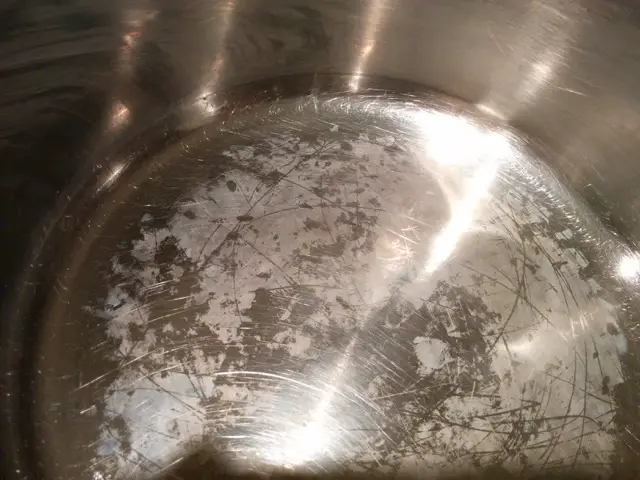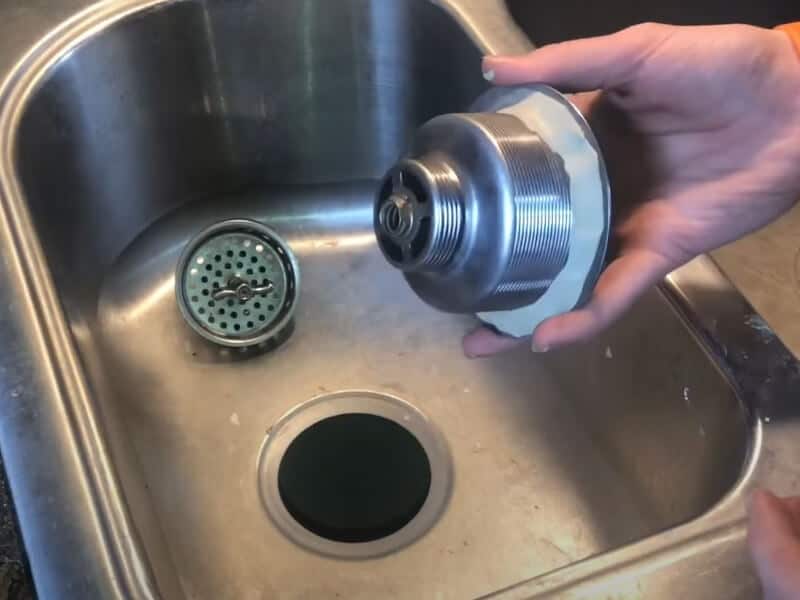Can You Reheat Fried Eggplant? The Ultimate Guide
Eggplants, also known as aubergines, are versatile vegetables that have been cultivated for thousands of years in different parts of the world. It has a unique taste and texture that makes it an excellent ingredient for various dishes like ratatouille, eggplant parmesan, and moussaka.
Among its popular forms is fried eggplants, which result in crispy, golden brown slices of this vegetable. But what if you have leftovers? Can you reheat fried eggplant and still enjoy its flavor and texture?
Factors That Determine Whether or Not Fried Eggplant Can Be Reheated
The answer to the question of whether or not you can reheat fried eggplant depends on several factors, including the type of eggplant used, cooking method, and storage conditions.
For example, certain types of eggplants hold up better than others when reheated. The globe eggplant, with its thick flesh and meaty texture, is preferred by many chefs for its flavor and sturdiness. However, it is important to note that the freshness of the eggplant also affects how well it reheats.
The cooking method will also determine how well your fried eggplant will reheat. If you deep-fried your eggplants, they might be soggy after reheating. On the other hand, if you pan-fried or baked them in the oven until crispy before reheating them in the microwave or oven, they might still be tasty.
Storage conditions play a role in how well your fried eggplants will reheat. If it is stored properly in an airtight container in the fridge or freezer, it can retain some of its texture and flavor.
What Happens When You Reheat Fried Eggplant?
When you reheat fried eggplant, some changes occur in its texture, taste, and nutritional value.
- The texture of the eggplant may become soft and mushy when reheated, especially if it was not properly stored or if it was overcooked earlier.
- The taste may also change slightly when you reheat fried eggplant. It can either become bland or develop a slightly burnt flavor.
- The nutritional value of the eggplant can also be affected by the reheating process. Some nutrients like Vitamin C, for instance, can be lost during heating, so reheated eggplants may not be as nutritious as fresh ones.
Tips for Reheating Fried Eggplant
To get the most out of your reheated fried eggplants, it is important to prepare them properly before reheating. Here are some useful tips.
Prepping Fried Eggplant for Reheating
- Remove any excess oil from the surface of the fried eggplants using a paper towel or napkin. This will keep them from becoming too greasy when reheated.
- Cut the fried eggplant into smaller pieces before reheating them. It will help distribute heat more evenly and prevent uneven cooking.
Methods for Reheating
There are different methods for reheating fried eggplants:
- Using a Microwave:
- Place your fried eggplant in a microwave-safe dish and cover it with a damp paper towel to prevent it from drying out or becoming too tough.
- Microwave on high for 30-60 seconds, depending on the amount of eggplant you are reheating. Check after every 15 seconds to prevent overcooking.
- Using an Oven:
- Preheat your oven to 375°F.
- Place your fried eggplant slices on a baking sheet lined with parchment paper or aluminum foil.
- Bake them in the preheated oven for about 10 to 15 minutes or until heated through. Make sure to flip them halfway through cooking to ensure that they heat evenly.
- Using a Stove-top:
- Heat a non-stick frying pan over medium heat and add a small amount of oil if necessary.
- Place your fried eggplant slices in the pan and cook for about three minutes on each side or until heated through.
- Remove from heat and drain excess oil from the eggplants before serving.
Maximizing Freshness of Fried Eggplant When Reheated
To maximize the freshness of your fried eggplants when reheating, use proper storage containers when storing them. Avoid using plastic bags or containers that can trap moisture, which can lead to soggy, unappetizing fried eggplants. Instead, use a glass or ceramic container with an airtight lid.
If you plan on reheating your fried eggplants later, store them in an airtight container in the refrigerator or freezer as soon as they cool down. In general, leftover fried eggplants can be stored properly in the fridge for up to four days and up to two months in the freezer without significant quality loss.
Common Mistakes to Avoid When Reheating Fried Eggplant
When reheating fried eggplants, it is crucial to avoid some common mistakes:
- Overreheating:
- Not Properly Storing It for Reheating Later:
Reheating fried eggplant too long can lead to a rubbery texture and burnt flavor that makes it unappetizing.
If you don’t store your eggplants properly for later reheating, they can spoil faster or lose their texture and flavor.
How Long Can Reheated Fried Eggplant Last?
The safe storage time for reheated fried eggplants varies depending on how they are stored. In general, leftover fried eggplants can be stored in an airtight container in the fridge for up to four days and up to two months in the freezer without significant quality loss.
Health Benefits of Eating Fried Eggplant and Nutritional Value Changes After Reheating
Eggplants are low in calories but high in fiber and various micronutrients, making them a healthy addition to any meal. They are also rich in antioxidants that protect your cells from damage and reduce inflammation.
However, when you reheat fried eggplants, their nutritional value may decrease. For instance, Vitamin C tends to break down when exposed to heat and light over time. Hence, eating fresh eggplants provide you with more nutrients than reheated ones.
Best Dishes That Use Reheated Fried Eggplants and Recipe Ideas
Fried eggplants are versatile enough to be used in various dishes. Here are some recipes where reheated fried eggplants can be used:
- Pizza: Use reheated fried eggplants as a topping on your favorite pizza.
- Wraps and sandwiches: Add some reheated fried eggplants to your sandwich or wrap for a filling and flavorful meal.
- Pasta and stir-fried dishes: Incorporate reheated fried eggplants into your pasta or stir-fried dishes for an added flavor and texture.
Conclusion
In conclusion, reheating fried eggplants can be done by following the right storage and preparation techniques. However, it is essential to note that reheating changes its texture, taste, and nutritional value. To get the most out of reheated fried eggplants, consider using them as toppings in various dishes like pizzas and wraps or incorporate them into your pasta or stir-fried meals.
Frequently Asked Questions
1. Can reheating fried eggplant affect its texture and taste?
Yes, reheating fried eggplant might impact its texture, making it soggy or chewy instead of crispy. As for the flavor, the eggplant might become less flavorful when exposed to heat again.
2. What is the best method to reheat fried eggplant?
The best way to reheat fried eggplant is to use an oven or a toaster oven. Preheat the oven/toaster to 400°F (200°C) and place the fried eggplant in a single layer on a baking sheet. Reheat for around 10 minutes, or until it’s heated through. Avoid using a microwave as it can make the eggplant mushy.
3. Can you store leftover fried eggplant in the fridge?
Yes, you can store leftover fried eggplant in the fridge for up to three days. Place it in an airtight container and refrigerate immediately after cooling it down at room temperature.
4. Can you freeze leftover fried eggplant?
Yes, you can freeze leftover fried eggplant for up to three months. Let the eggplant cool down completely before wrapping each piece tightly in plastic wrap or aluminum foil. Then, store them in an airtight container or a freezer-friendly Ziploc bag.






